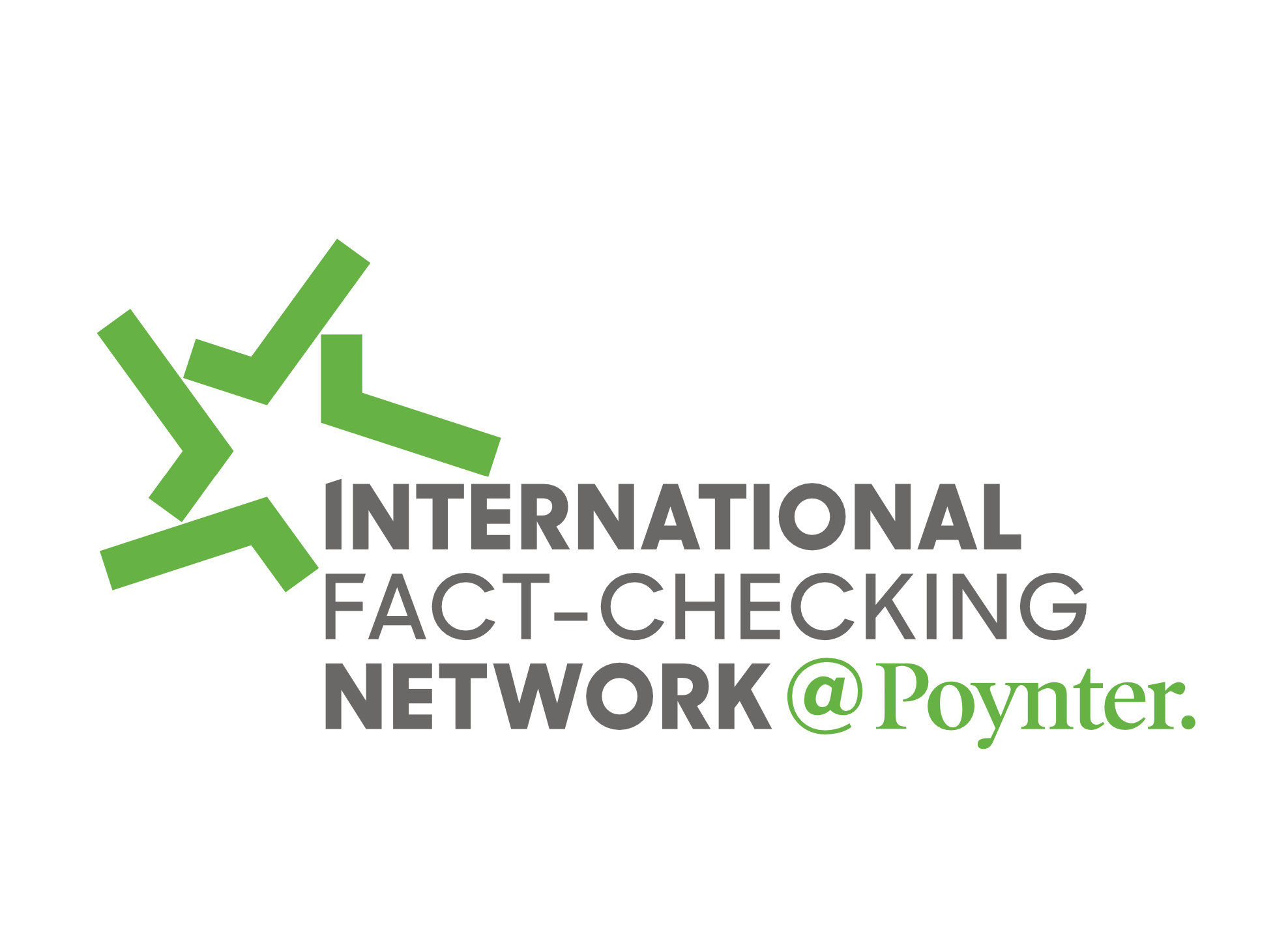If you’re a hiring manager, you should read this. If you’re invested in the ongoing success of your organization and would like to influence who becomes your next co-worker, read this. And if you’re a job seeker, let us know what strategies make you consider applying — and accepting an offer.
It’s tough to hire. It’s especially tough right now.
Even if you have a job posting ready, you should account for what human resources calls “time to fill.” Job ads are posted for an average of a month. Add a month after that to identify the best-fit candidate and make an offer. Your candidate likely needs at least two weeks between accepting and Day 1. That adds up to a minimum of 2.5 months for every opening, assuming you identify a quality crop of candidates by doing nothing besides posting a job and waiting for applicants.
Remember that onboarding is crucial to retention. Even an internal hire isn’t likely to be able to immediately do a new job without an investment in onboarding. In the rush to get an employee up to full productivity, managers sometimes overlook that new hires require up to a full year to successfully onboard because they aren’t just getting ID badges and HR paperwork. They are also learning how your organization works, what makes it thrive and how they can contribute.
A job ad isn’t enough
Posting to a job board relies on engaged job seekers being on that same board and seeing your ad. If a job board (even several) is the only way you’re getting the word out to potential applicants, it’s probably:
Posting only on a job board is like taking out a billboard on Interstate 95 when the person you want to attract is meandering down Route 66 (or works from home and rarely gets into a vehicle).
Go where the talent is
This means knowing where you’re most likely to find the kinds of skills you seek and forecasting what kinds of jobs you might need to hire for. The Bureau of Labor Statistics reports that employees average four years in a role. That doesn’t mean every person changes companies every four years, but it points to the urgency of planning ahead instead of waiting until Year 3.5 to consider replacing for a vacancy.
Let’s say you’re interested in copy editors. ACES: The Society for Editing is one place to start. But it’s not the only place to go. Many journalism associations can segment out communications to members — for a fee — based on parameters such as current job title or previous job experience.
Or you want to find someone who can help with investigations. You could work through Investigative Reporters and Editors for members who fit criteria based on years of experience, geographic proximity, language fluency and other considerations. You could also comb through past grantees of the Fund for Investigative Journalism (I’m a former board member).
Look for affinity groups on LinkedIn or Facebook. Make note of the people whose contributions interest you, whether they created a post or added insightful comments. You might find someone from another industry who is a natural fit for the role you have open. You could also identify someone who has an affinity for the role and potential to grow into the job.
If you have the budget, join journalism associations such as AAJA, NABJ, NAHJ, NAJA and NLGJA. Get involved on the local level and consider carving out the time to fully engage with the national conventions.
Track high-potential journalists
Make it a habit to comb announcements about winners of fellowships. Journalists from a range of experiences are selected for opportunities that also will note the winners’ backgrounds and areas of interest.
If you see work you admire, follow that person on Twitter or Instagram so you can see as they produce more work. You can also set up Google Alerts for their byline.
And this is a pro tip — especially as summertime journalism conventions resume: Look for who is involved in student media projects such as AAJA Voices and the ONA Student Newsroom. The projects bring together highly motivated student journalists with professional journalists who mentor them on deadline-driven assignments.
Answer job seekers’ questions
Job postings are not supposed to be all inclusive. They are intended to pique interest, and people want more information before putting in the effort of applying.
Hiring managers should consider an AMA, or Ask Me Anything — on Reddit, Twitter Spaces and/or Clubhouse — about the job, or setting up “office hours” so people can talk with you informationally. Remember that the AMA is on the record. Enterprising future candidates might check out how the role was previously described and ask what’s different six months or three years later.
Even if you’re not a hiring manager, you can help recruit. Tell people in your network what attracted you to the company and why they should consider becoming your colleague. If you have insights into the hiring process, share that. For example, some organizations require a memo from semifinalists. Talk with potential hires about what makes a memo memorable. If someone becomes a finalist, help them navigate the personalities and expectations in those interviews.
Be prepared to speak to how your organization addresses qualities that are top of mind for job-seekers, regardless of generation. Study after study after study points to employees’ desire for a sense of belonging. Belonging is achieved when people can be their authentic selves and take pride in the organization’s mission. Be sure that you can handle these points thoughtfully in an AMA.
Arranging the AMA or carving out a few hours to talk with potential applicants might seem like time frittered away. If you’re able to ID viable candidates — and potentially help some people suss out that this isn’t the job that fits their current goals/abilities — it’s time well invested on the front end. (As a bonus, you sometimes meet people who aren’t right for a current opening but might be great for another opportunity at your company, so consider this a pipeline expansion.)
Grow your network
Chapters or regional groups for most journalism associations exist. Even if you cannot physically join an event, you can look for opportunities to get to know engaged members.
The DEI Coalition, started through OpenNews, offers outreach strategies. Tips include the caveat that tagging a series of organizations in the hopes they’ll share a job post is not effective. You have to invest energy to create real-life relationships that might take years to pay off. But when the payoff comes, it will be worth the time you spent cultivating those connections.
Ask questions that probe for curiosity
Trusting News created a guide that helps recruiters suss out “dimensions of difference.” The key to the questions is their open-ended nature and a shift away from trying to understand how someone might do a job to how they approach the world.
Understanding how someone differs from you — sometimes referred to as seeking culture add instead of culture fit — is key to avoiding affinity bias. It’s natural to gravitate toward candidates who remind us of ourselves. Instead, actively counteract that tendency in ways that expand the viewpoints and experiences on your team.
Bonus for job seekers
In the current market, you have the power to be choosy and to negotiate what you’re worth. Put your best resume forward. Don’t let comfort in the knowns allow you to stagnate. You can sometimes pivot in the same newsroom or media organization, but you should also see what’s out there.
The interview phase is as much about the employer appealing to you as it is about your demonstrating your value as a hire. Be on the lookout for red flags.
Ask how they will invest in your career development, not only through support for attending trainings and convenings, but also through in-house coaching and mentorship. Does your idea of how success looks match what the employer has to offer? What do your potential peers have to say about their experience in that organization?
Once you get the job, give yourself time to meet the people, learn the culture and figure out how you can thrive. It can be tempting to quickly decide that a place isn’t what you expected. Check your experience against peers in that organization and with others in the industry. And remember that you can Voltron the manager you deserve.







